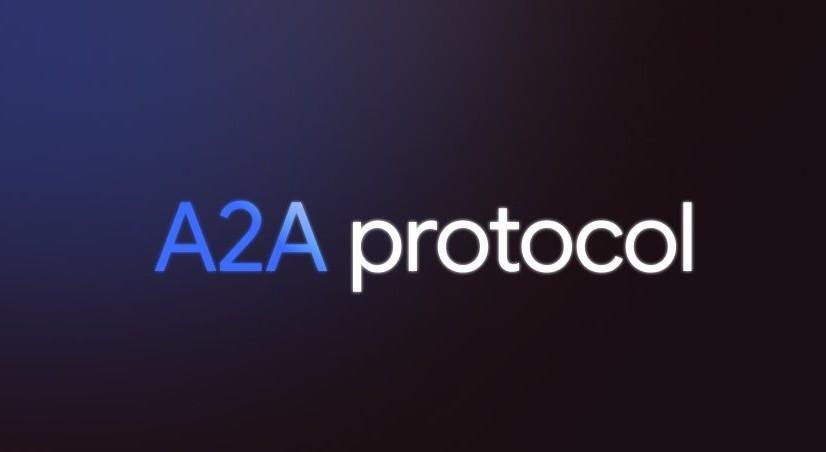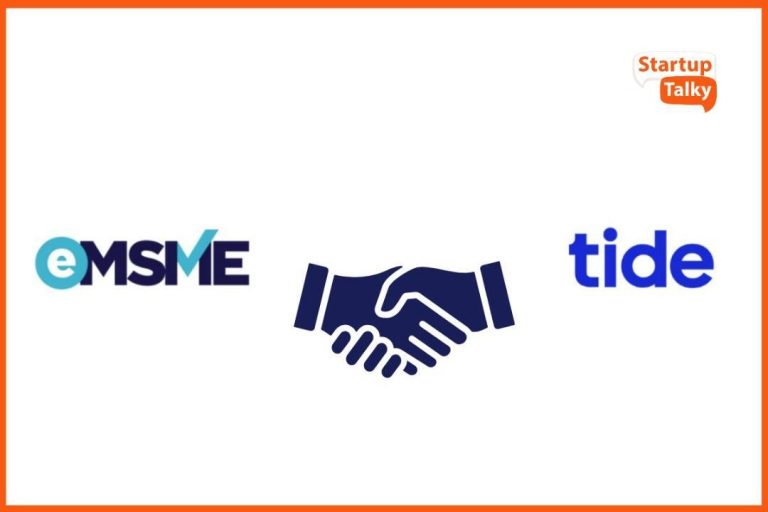
Google Launches A2A Protocol to Enhance AI Agent Synergy
In a significant breakthrough for the artificial intelligence (AI) community, Google has launched Agent2Agent (A2A), an open-source protocol that enables AI agents from various systems to work together seamlessly. This innovative protocol allows AI agents to communicate with each other, securely exchange information, and coordinate actions across different enterprise platforms or applications. With A2A, developers can now build agents that can connect with any other agent built using the protocol, opening up new possibilities for collaboration and automation.
The launch of A2A marks a new era of agent interoperability, enabling AI agents to work together in harmony like never before. In a world where AI is increasingly becoming an integral part of our daily lives, A2A is poised to revolutionize the way we design, develop, and deploy AI systems.
What is A2A?
A2A is an open-source protocol designed to facilitate seamless communication between AI agents from different systems. The protocol enables agents to securely exchange information, coordinate actions, and work together to achieve common goals. A2A is built on top of existing technologies such as JSON-RPC, gRPC, and OpenAPI, making it easy to integrate with existing systems and applications.
Key Features of A2A
The A2A protocol offers several key features that make it an attractive choice for developers building AI agents. Some of the key features include:
- Interoperability: A2A enables AI agents from different systems to communicate with each other seamlessly, regardless of their underlying architecture or technology stack.
- Security: A2A provides end-to-end encryption and authentication mechanisms to ensure secure communication between agents.
- Scalability: A2A is designed to scale horizontally and vertically, making it suitable for large-scale enterprise applications.
- Flexibility: A2A supports multiple programming languages and frameworks, making it easy to integrate with existing systems and applications.
Benefits of A2A
The A2A protocol offers several benefits to developers building AI agents. Some of the key benefits include:
- Improved Collaboration: A2A enables AI agents to work together in harmony, enabling more effective collaboration and decision-making.
- Increased Efficiency: A2A automates the process of communicating between agents, reducing the need for manual intervention and increasing efficiency.
- Better Decision-Making: A2A enables AI agents to share information and coordinate actions, enabling better decision-making and improved outcomes.
- Cost Savings: A2A reduces the need for custom integration and development, resulting in cost savings for developers.
Use Cases for A2A
A2A has a wide range of use cases in various industries, including:
- Customer Service: A2A can be used to enable AI-powered chatbots to work together to provide seamless customer service.
- Supply Chain Management: A2A can be used to enable AI-powered agents to communicate with each other to optimize supply chain operations.
- Healthcare: A2A can be used to enable AI-powered agents to work together to provide personalized healthcare recommendations.
- Finance: A2A can be used to enable AI-powered agents to communicate with each other to provide real-time financial analytics and insights.
Conclusion
The launch of A2A protocol by Google marks a significant milestone in the development of AI agents. A2A enables AI agents to work together seamlessly, securely exchange information, and coordinate actions across different enterprise platforms or applications. With A2A, developers can build agents that can connect with any other agent built using the protocol, opening up new possibilities for collaboration and automation. As the AI landscape continues to evolve, A2A is poised to play a critical role in shaping the future of AI agent synergy.
Source:
https://developers.googleblog.com/en/a2a-a-new-era-of-agent-interoperability/






